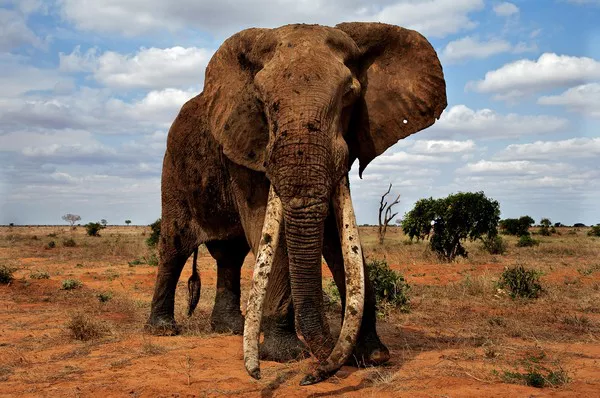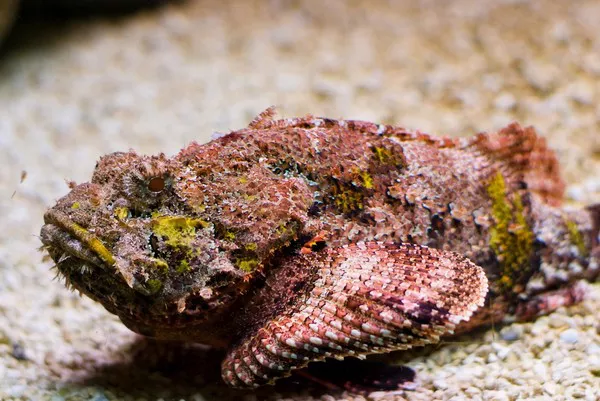The animal kingdom is a diverse and fascinating realm, filled with creatures of all shapes and sizes. Among the myriad of species, mammals stand out as some of the most intriguing and, in some cases, the most dangerous. In this article, we will explore the 7 most dangerous mammals in the world, shedding light on their predatory behaviors, physical attributes, and the potential threats they pose to humans and other creatures.
7 Most Dangerous Mammals in the World
1. African Elephant (Loxodonta africana)
While renowned for their intelligence and gentle demeanor, African elephants are considered dangerous due to their sheer size and strength. Weighing up to 14,000 pounds, these colossal creatures can be unpredictable, especially when they feel threatened. Incidents of elephants charging at vehicles or individuals are not uncommon, highlighting the importance of respecting their natural habitats.
2. Polar Bear (Ursus maritimus)
As the largest land carnivore, polar bears are formidable predators that inhabit the Arctic region. With powerful limbs and sharp claws, these bears are well-adapted to hunting seals on sea ice. Climate change-induced habitat loss has driven some polar bears to venture closer to human settlements, leading to increased human-bear conflicts. The danger lies in their strength and agility, making encounters with polar bears potentially life-threatening.
3. Hippopotamus (Hippopotamus amphibius)
Often considered one of Africa’s most dangerous animals, hippos are responsible for more human deaths on the continent than large predators like lions or crocodiles. Despite their seemingly docile appearance, hippos are highly territorial and can be extremely aggressive, especially when protecting their young or territory. Their powerful jaws and surprising agility in water contribute to their deadly reputation.
4. Cape Buffalo (Syncerus caffer)
Referred to as the “Black Death” in Africa, the Cape buffalo is known for its unpredictable and aggressive nature. Possessing formidable horns and a strong build, these herbivores can become highly dangerous when provoked. Cape buffaloes are responsible for killing more big game hunters on the continent than any other animal, making them a force to be reckoned with in the wild.
5. Cheetah (Acinonyx jubatus)
Known for their incredible speed and agility, cheetahs are the fastest land animals. While they primarily prey on smaller mammals, encounters between humans and cheetahs in the wild can pose risks. Cheetahs have powerful jaws and sharp claws, and if cornered or threatened, they may defend themselves with aggression. Conservation efforts are crucial to maintaining a balance that ensures the safety of both humans and these magnificent predators.
6. Siberian Tiger (Panthera tigris altaica)
As the largest of all big cats, the Siberian tiger is a majestic yet potentially deadly predator. Native to the forests of Russia and parts of China, these tigers have powerful bodies and formidable jaws. While human encounters in the wild are rare, conflicts arise when these magnificent creatures are cornered or feel threatened. Conservation efforts are vital to preserving their habitats and preventing such encounters.
7. Human (Homo sapiens)
While it may seem paradoxical, humans can be considered one of the most dangerous mammals on the planet. With advanced technology, industrialization, and the ability to alter ecosystems, humans have become a significant threat to various species and the environment. Overhunting, habitat destruction, and pollution contribute to the endangerment of countless animals. Recognizing our impact on the planet is crucial for the preservation of biodiversity and the prevention of further harm to ecosystems.
Conclusion
The 7 most dangerous mammals in the world represent a diverse array of species, each with its unique set of characteristics that can pose threats to humans and other creatures. Understanding the behaviors and habitats of these animals is essential for coexisting with them in the wild and ensuring the conservation of our planet’s biodiversity. As we marvel at the wonders of the animal kingdom, it is our responsibility to promote sustainable practices and conservation efforts to protect both ourselves and the remarkable creatures with whom we share this planet.
You Might Be Interested In:























